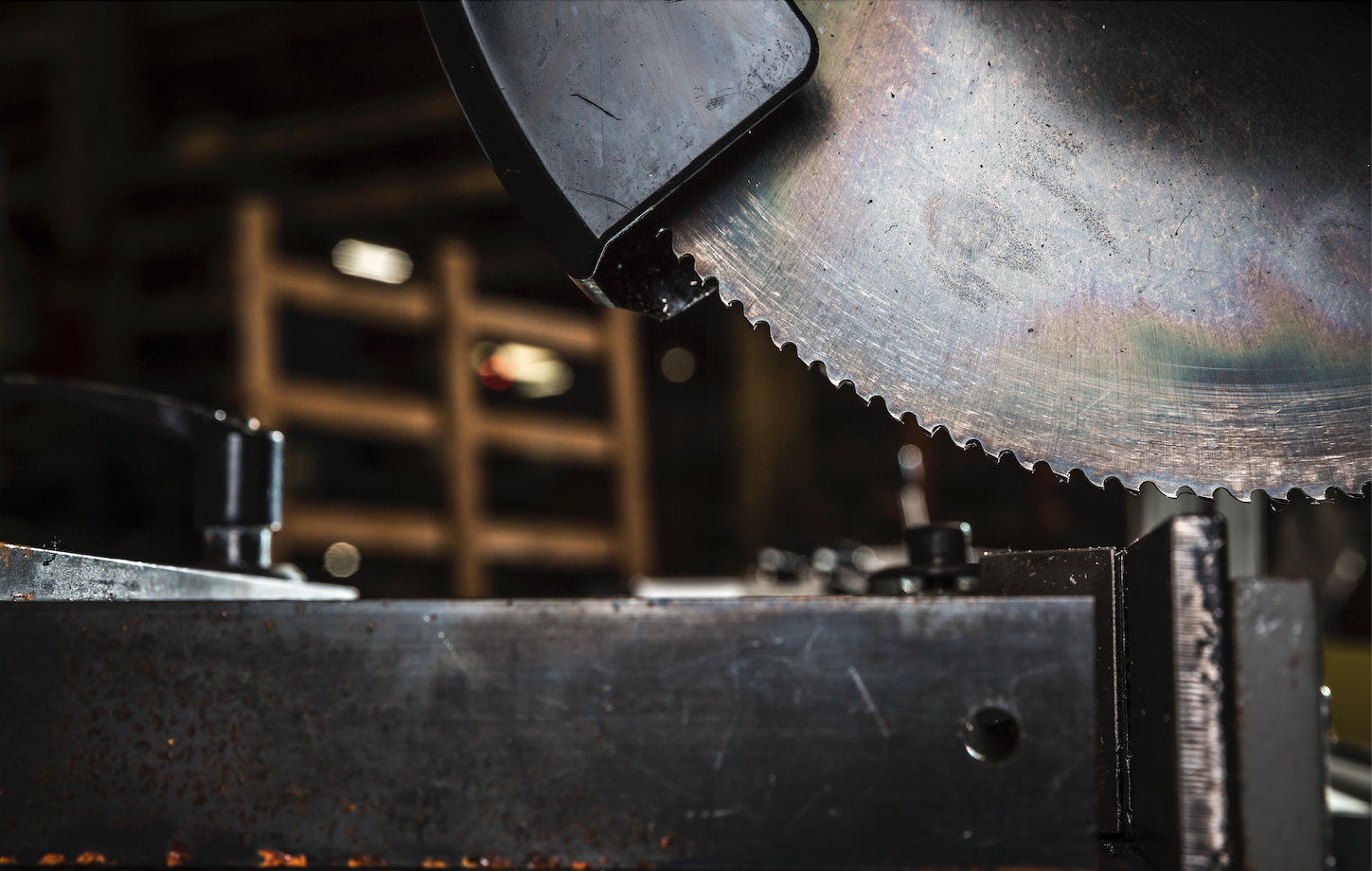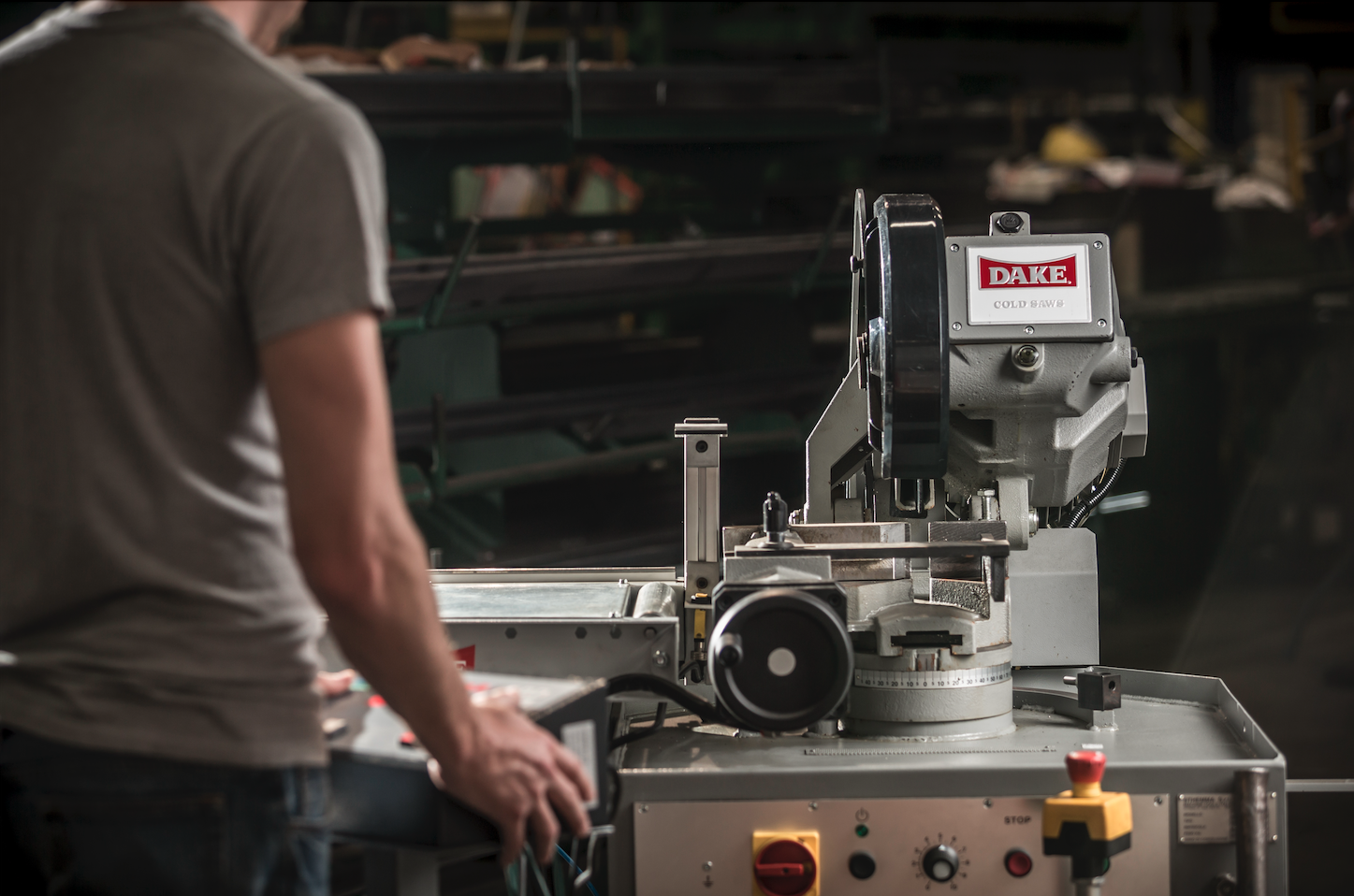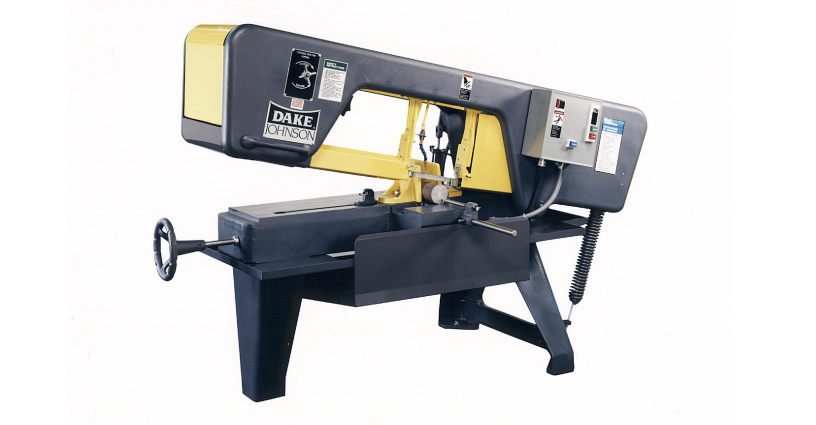There has been some confusion over the years concerning cold saws. To the uninitiated, they are sometimes confused with chop saws. This impression is unfortunate since the sawing processes involved in the two types are entirely dissimilar. And those manufacturers, such as fabrication shops, that have used both types would never mistake one for the other.
What is a cold saw, and how does it differ from a chop saw?
Cold saws use a circular saw blade to cut through a variety of metals that include sheet metal. As the name implies, a cold saw does its job effectively, while preventing both the blade and metal from getting too hot. Cold saws are typically free-standing machines and not the bench-top, portable variety.
In contrast, chop saws involve removing material by grinding it. They employ abrasive discs that run at high speed, which is rather noisy and messy. While the discs run at higher RPMs, they do not leave clean edges on the material.
Another issue is accuracy: chop saw blades often bow during a cut, making it less precise. And while the abrasive discs are effective on hard metals, they gum up when cutting aluminum and other softer metals, making them useless.
Here are just some of the features that make a cold saw the first choice of so many in the manufacturing industry:
There are options for circular saw blades
Manufacturing shops can choose between two types of blades for the cold saw: high-speed steel and carbide-tipped. Both kinds resist wear and work well with all sorts of metals.
The difference between the two is that the steel blades need to be replaced when they are no longer usable, while the carbide-tipped type can be resharpened, which extends the life of the blade and makes it a bit more economical.
Tungsten carbide blades are an exceptional choice for cutting sheet metal and other types of metal that are relatively thin.
The photos below show a tungsten carbide-tipped blade (left) next to a high-speed steel cold saw blade.
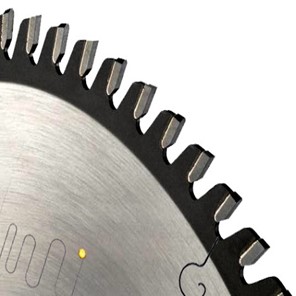
Carbide blade photo credit: Q&R Trading Inc.
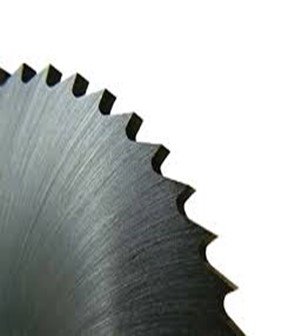
HSS steel blade photo credit: Zono Cutting Tools
Cold saws tend to be a safer choice
Any machine operator who has ever experienced a hot metal chip on their hand or neck will appreciate one of the benefits of a cold saw with coolant.
While cold saws do transfer the heat generated from sawing to the chips, the liquid coolant ensures that the blade and material remain cool while the chips do not come off red hot. And there is little, if any, dust or sparks involved in the cutting process.
Chop saws, on the other hand, are notorious for sending hot sparks throughout the shop, making them a fire hazard if any combustibles are nearby.
Abrasive cutting expands both the blade and the material while producing much more heat from friction. The friction and resulting high heat being generated tend to accelerate blade wear and consume more energy.
A cold saw provides superior cuts
Cold saws, with their toothed blades, make clean cuts without burred edges. While abrasive blades tend to wander, even on straight cuts, the toothed blades are much more dependable on straight or angled cuts.
They are also a lot less messy without all that abrasive dust that gets on everything in its area.
The Dake Euromatic 370PP-L Automatic Cold Cut Saw with removable surface wear plates
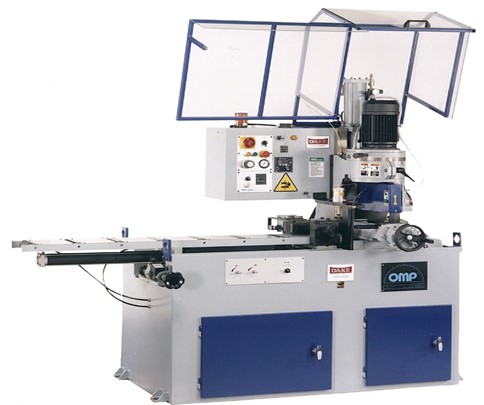
You could save money with a cold saw
Although the initial price of a cold saw blade might be higher than an abrasive disc, you can resharpen the carbide-tipped blade numerous times, translating into significant savings. Cold saws also save time and money by making precision cuts.
These flawless cuts do not require a secondary finishing operation, saving even more labor in many cases. Accurate cuts are still another benefit as cold cut saws can hold close tolerances, once again eliminating an expensive secondary sizing operation.
You can choose from automatic, semi-automatic, and manual cold saws
Check out the impressive lineup of Dake heavy-duty cold saws with choices among automatic, semi-automatic, and manual models.
Each of them features 45-degree rotation for clean and accurate miter cuts, along with a coolant pump with flow control adjustment.
To find out more, fill out our contact form, call us at 1-800-937-3253, or email us.
-1.jpg?width=1200&height=525&name=DAKE003_%20Logos_Red%20(002)-1.jpg)

